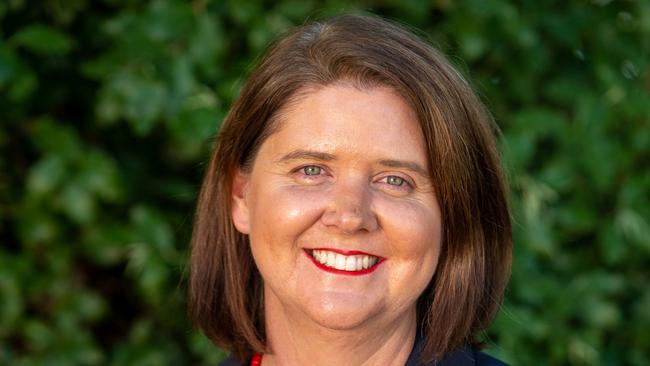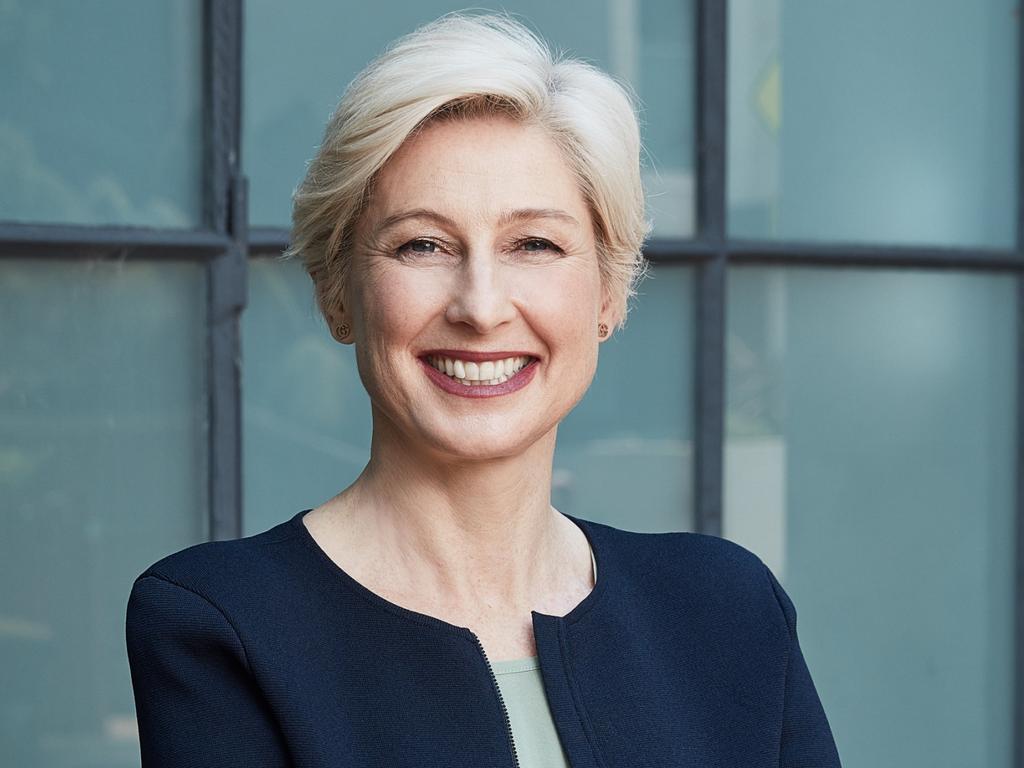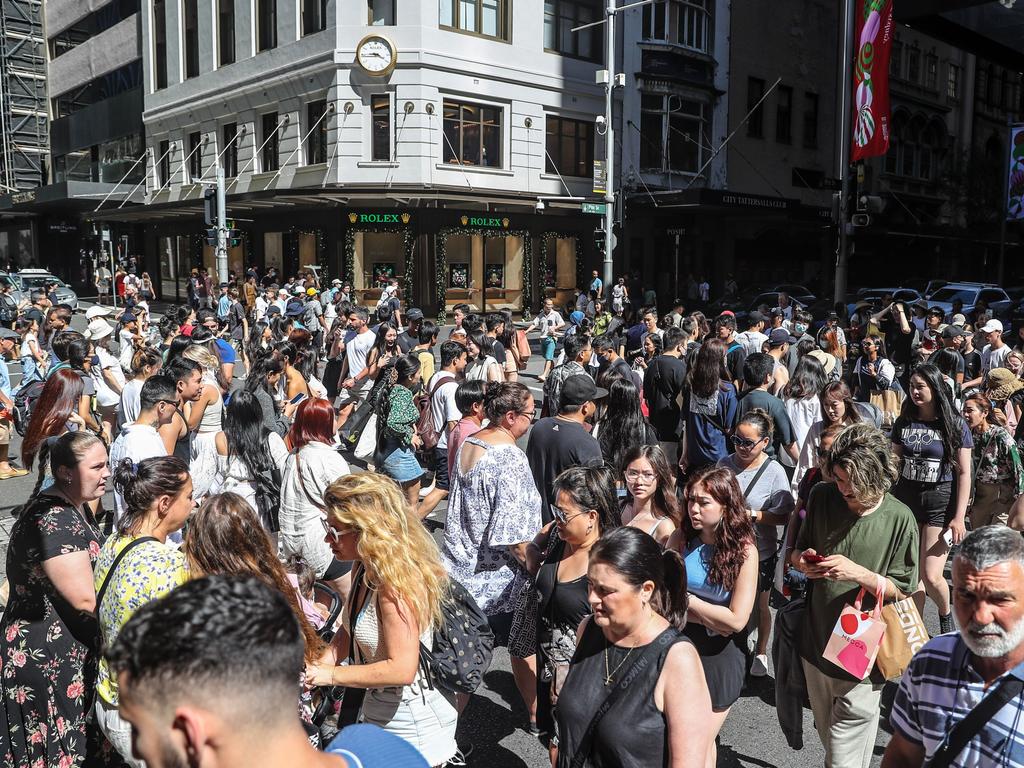More millennials heading out of the capital cities
The pattern of young Australians moving from the regions to the cities has reversed in the last decade, with more millennials now moving away.

The conventional path of millennials leaving the bush to head into the big smoke chasing better opportunities has flipped in the past five years, with more 25-39-year-olds moving to regional areas than the other way.
From 2011-16 there was a net loss of 37,000 millennials from the regions to the capitals, but from 2016-21 it turned around to a 54,000 net gain to the regions, according to population data from the Regional Australia Institute.
While the 2016-21 period included 18 months of Covid, the pronounced shift to the regions among younger Australians was already in swing, RAI chief executive Liz Ritchie said, and required policy and infrastructure support from governments.
“Our research from pre-Covid revealed that one in five city dwellers say they want to leave the big cities, and Covid has supercharged that desire to move,” Ms Ritchie said. “It’s given them permission to realise their dream to live and work where they love, to spend more time with their families and less time commuting.

“We think this won’t be a Covid blip but an ongoing trend. People want more time, more space, more connection to other people and to live where it’s more affordable. They want to leave behind congestion, debt and the stress that comes with that.”
The RAI Big Movers report notes that, overall, regional Australia reported a net gain of 166,073 from capital cities between 2016 and 2021, almost triple the number from 2011-16. Sydney was the big loser of people to the regions across those five years, the report notes, with a loss of 110,000. Melbourne was close behind at 81,000 and only Brisbane saw a net gain from the regions of 24,000. The majority of people leaving capitals stayed within the same state.
Ms Ritchie said millennials and those born overseas were two key demographic groups showing a greater willingness to move.
“Millennials and the overseas-born population are highly skilled and well educated,” she said. “Their desire to live in regional Australia can partly be attributed to the strong jobs market in country areas, as well as the enviable lifestyle benefits – like the reduced cost of living, and more space.”
Despite the movement, there is still a lack of skilled workers in the regions, with doctors and nurses the most in-demand jobs.
Reflecting the influence of lockdown policies during Covid, the RAI Big Movers report showed regional Victoria recorded the largest net gain of people between 2016 and 2021 at nearly 62,000. This was followed by regional NSW with 54,839 and regional Queensland with 53,299. Regional Northern Territory and Western Australia experienced a net loss.
The report finds millennials were more inclined to move further afield in the regions.
“It’s not surprising given jobs growth in the regions grew three times faster than in metropolitan areas,” Ms Ritchie said. “And there are good professional jobs ... as well as thriving arts and cultural scenes. The regions are not a vacuum for culture, in fact quite the opposite.”
The report urges governments to develop policy to ensure infrastructure needs match the population shift to the regions.
In March the RAI, the Business Council of Australia, Australian Medical Association and other advocacy groups agreed to collaborate in a National Alliance for Regionalisation to press for policy change to improve the lives of the 9.5 million Australians living outside capital cities.







To join the conversation, please log in. Don't have an account? Register
Join the conversation, you are commenting as Logout